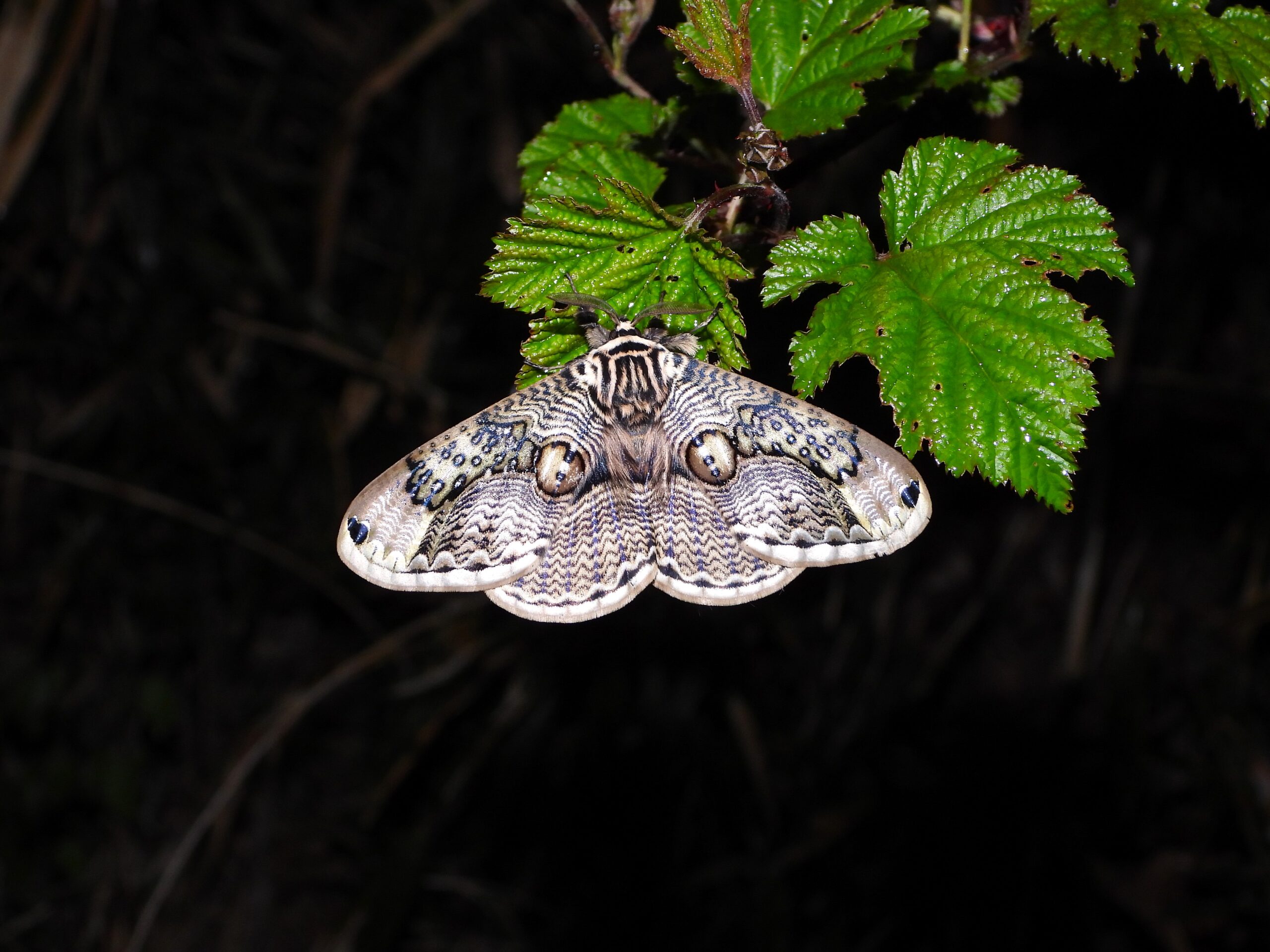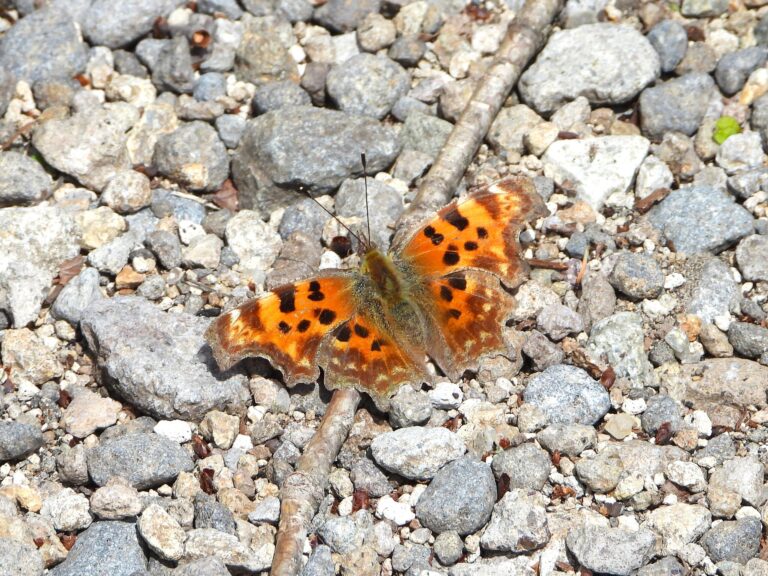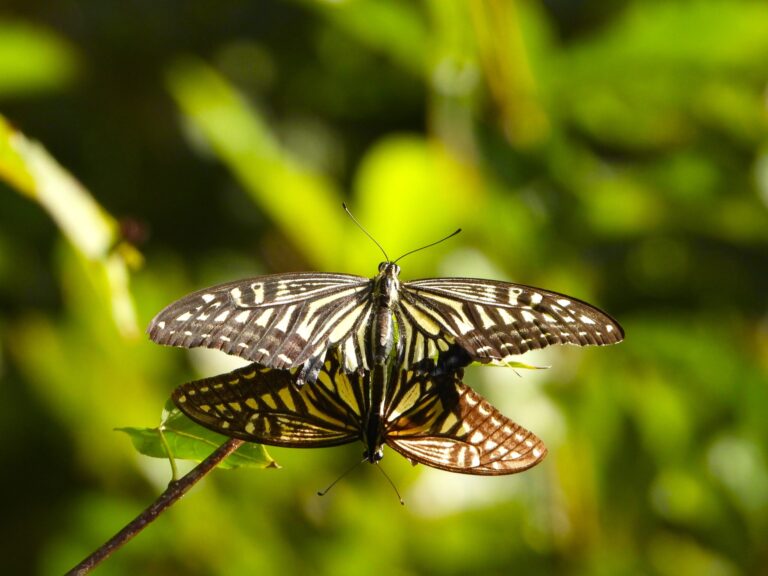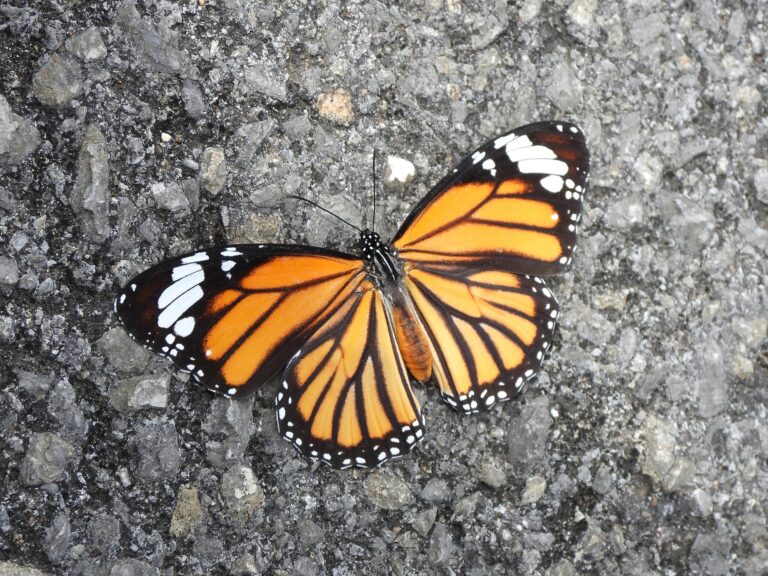Japanese Owl Moth (Brahmaea japonica) – Wildlife of Japan
Introduction
The Japanese Owl Moth (Brahmaea japonica), known in Japanese as “Ibotaga,” is an endemic species belonging to the family Brahmaeidae, the only representative of this family in Japan. Known for its exquisite owl-like wing pattern, it is one of Japan’s most remarkable and mysterious moths. First described by Arthur G. Butler in 1873, this species has drawn attention from entomologists for its ancient lineage and limited distribution.
Appearance
Adults have a wingspan of 110–150 mm, making them among Japan’s largest moths. The wings are patterned with complex brown, gray, and golden wavy lines forming eye-like markings that resemble an owl’s face. The body is thick and densely covered in hair. Sexual dimorphism is slight, with males having somewhat narrower wings.
Habitat & Distribution
Brahmaea japonica is endemic to Japan, occurring mainly in central Honshu, Shikoku, and northern Kyushu. It inhabits deciduous forests at low to mid elevations, where host plants such as privet (Ligustrum obtusifolium) and ash (Fraxinus japonica) grow. Adults emerge from March to May, appearing early in the season before most other large moths.
Behavior
This species is strictly nocturnal, and adults are seldom seen by day except when resting on tree trunks. It shows strong attraction to light and flies heavily but gracefully. The adult stage is short-lived and mainly devoted to reproduction.
Diet
The caterpillars feed on privet (Ligustrum obtusifolium) and occasionally ash (Fraxinus japonica). They are large, cryptically colored larvae with alternating dark and light stripes. When threatened, they raise the anterior body in a defensive posture.
Reproduction
The Japanese Owl Moth is univoltine, producing one generation per year. After mating in spring, females lay eggs on the leaves of host plants. The larvae grow through several instars and pupate in the soil, where they overwinter until the next spring.
Conservation
The Japanese Owl Moth is listed as Near Threatened (NT) in several Japanese prefectural Red Lists. Habitat destruction and loss of host plants due to deforestation and pesticide use are major concerns. Preserving natural forests and host trees is essential to maintaining this ancient moth’s population.
Author’s Impression
I go out each spring in search of this moth. Seeing it again makes me feel that winter has finally ended. Look for it near streetlights on quiet nights—it’s a truly unique species that seems to mimic an owl, both mysterious and beautiful.








